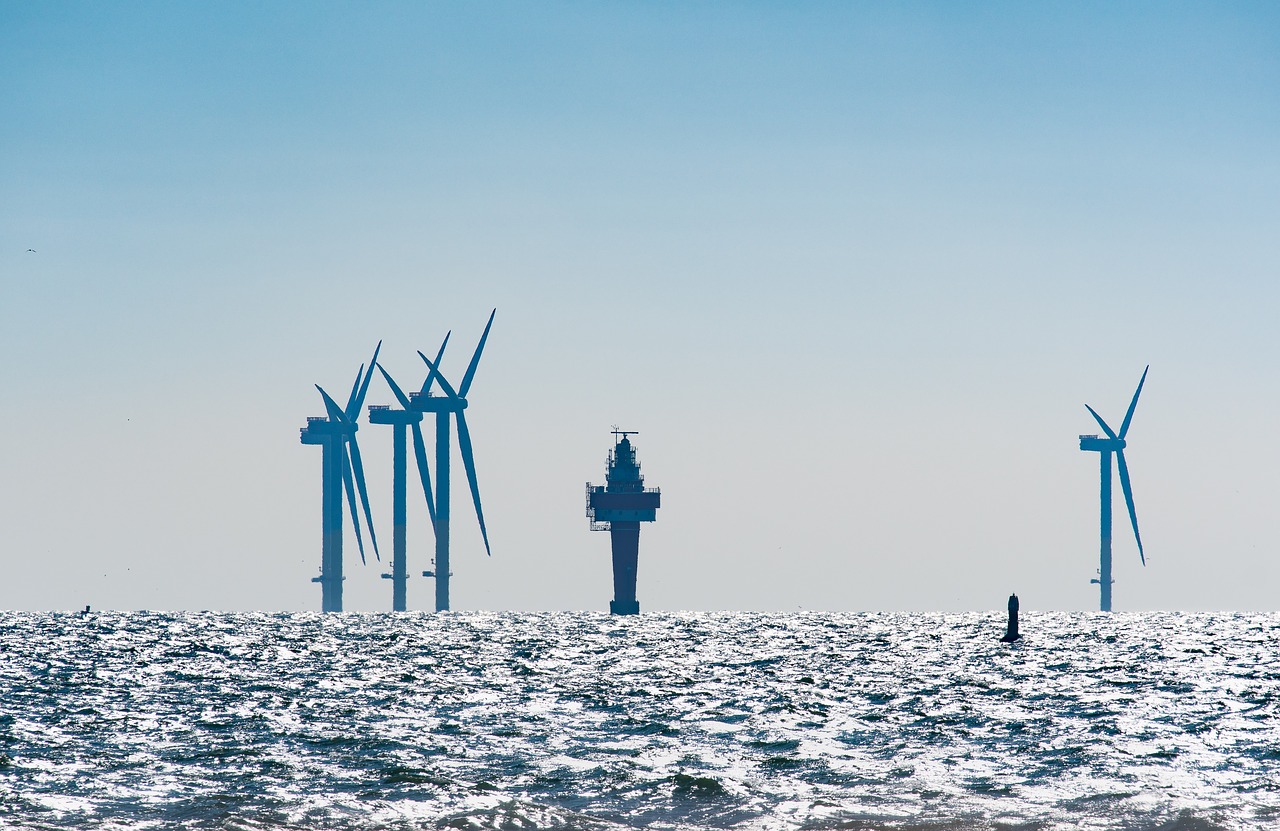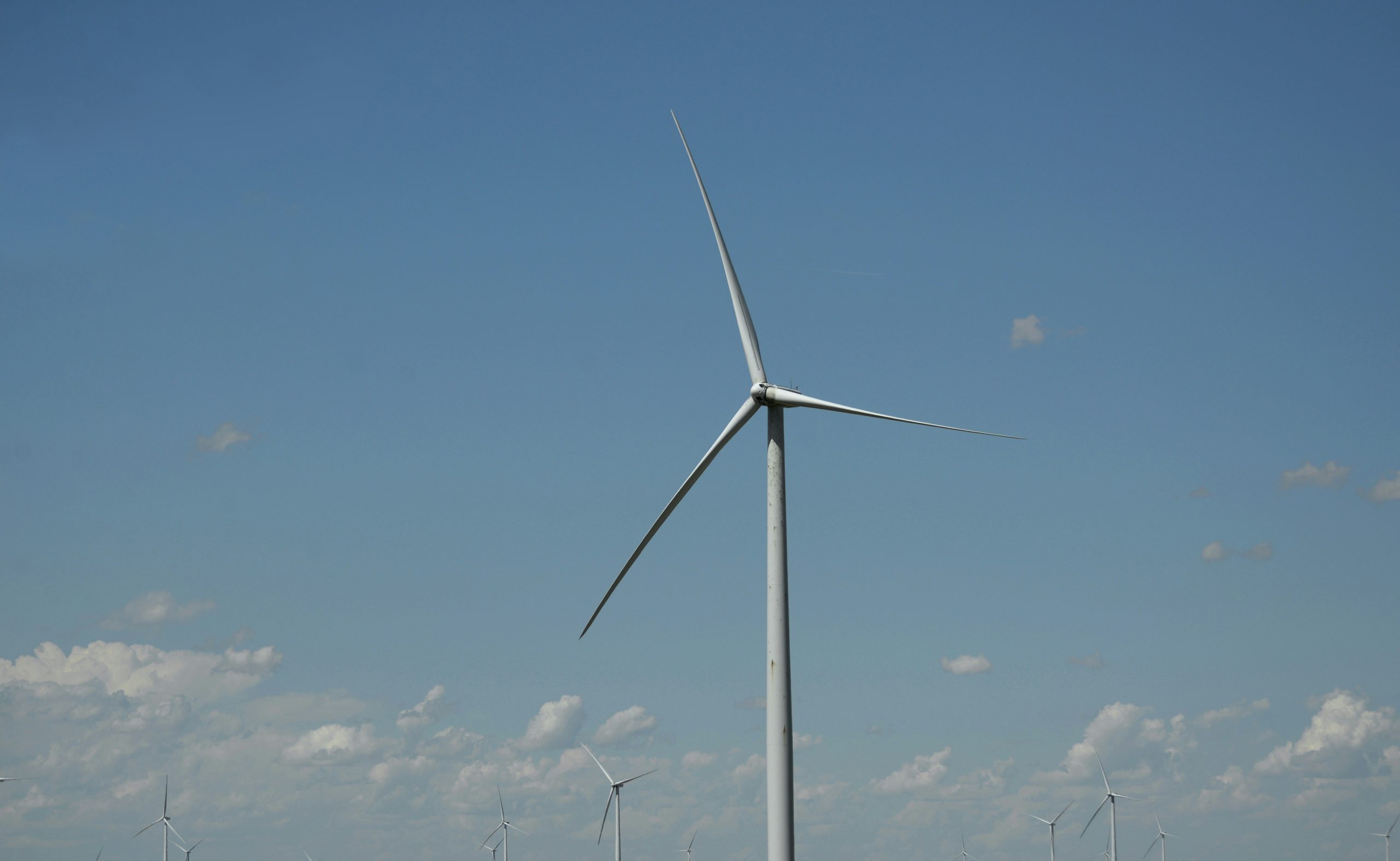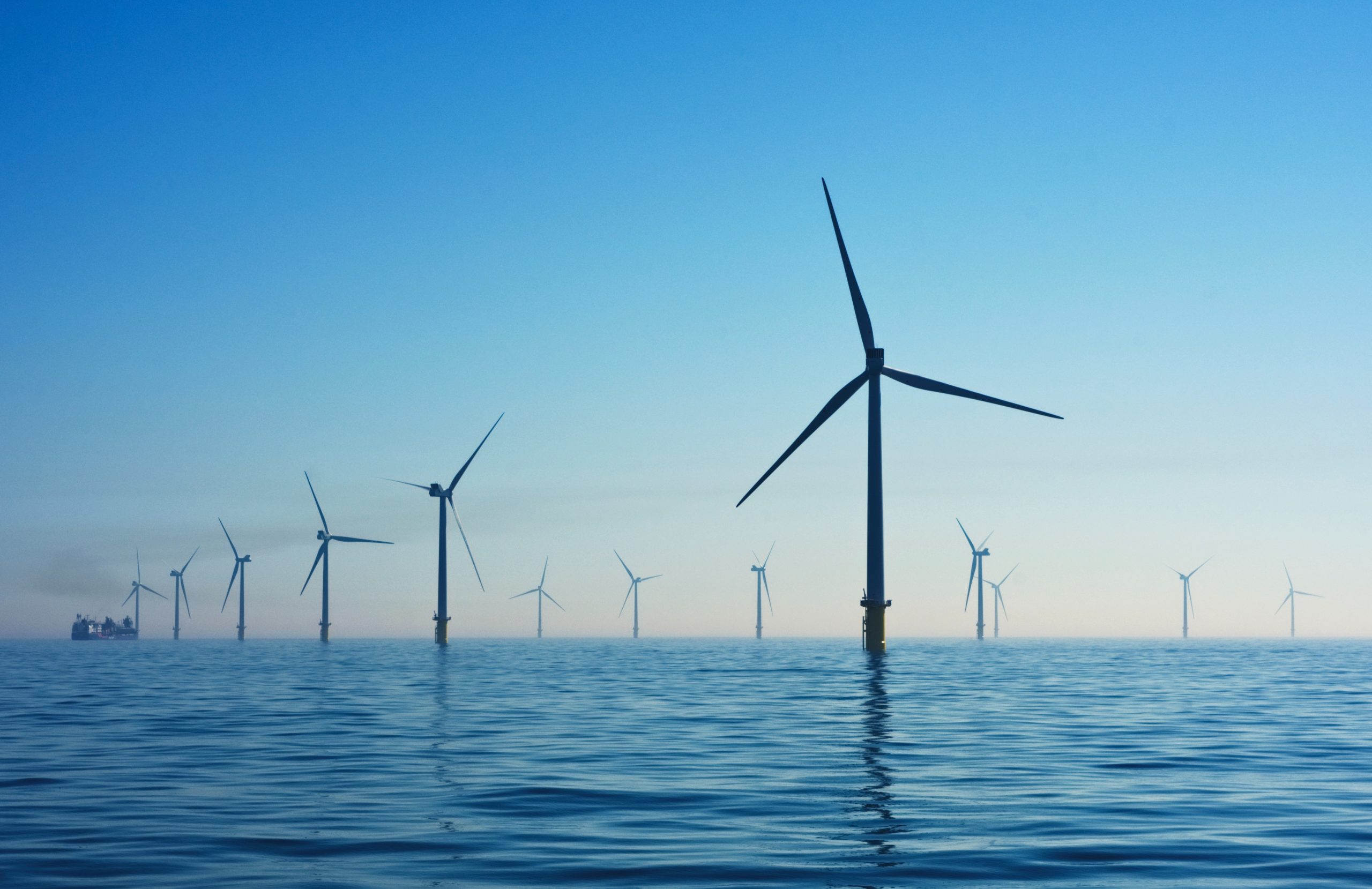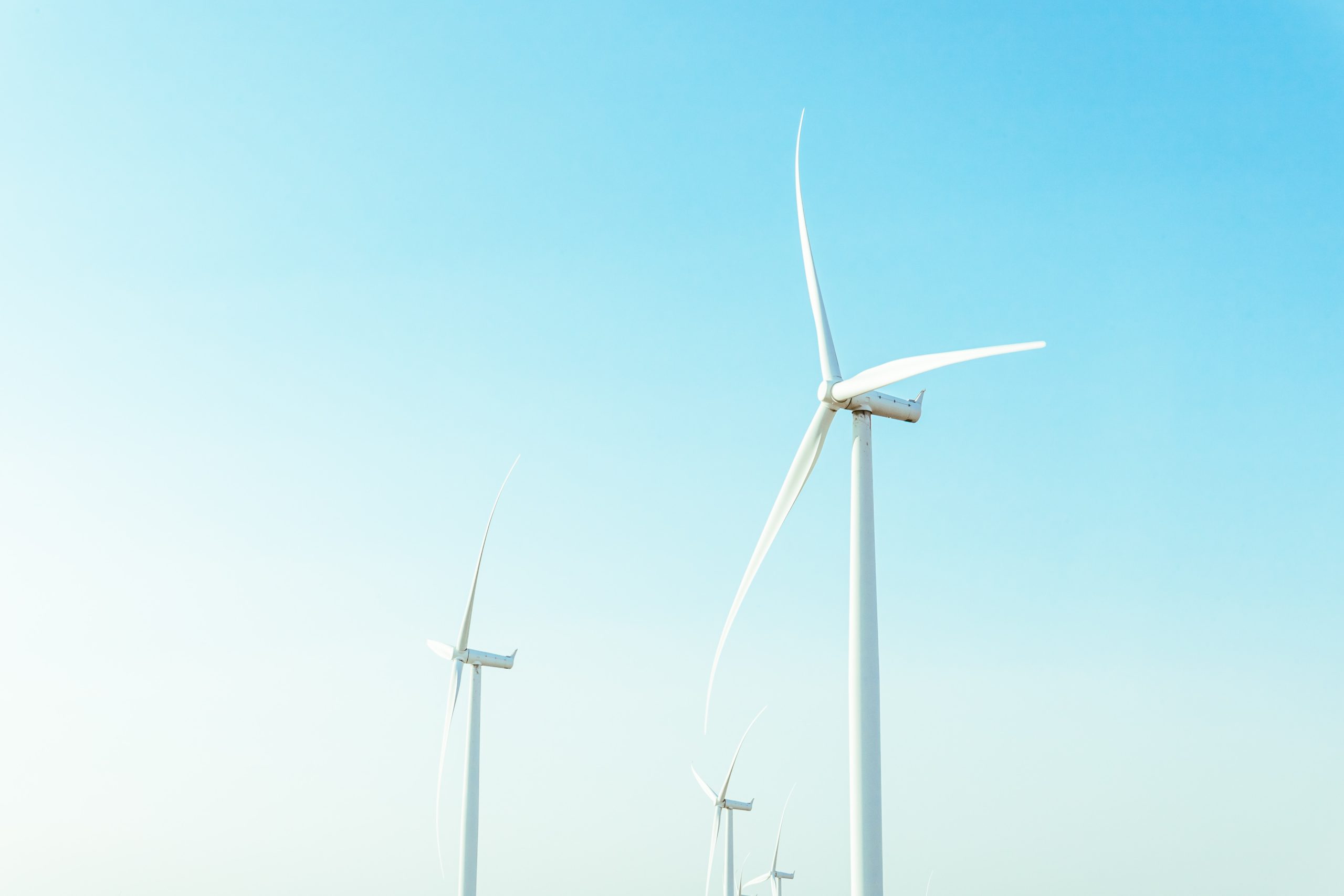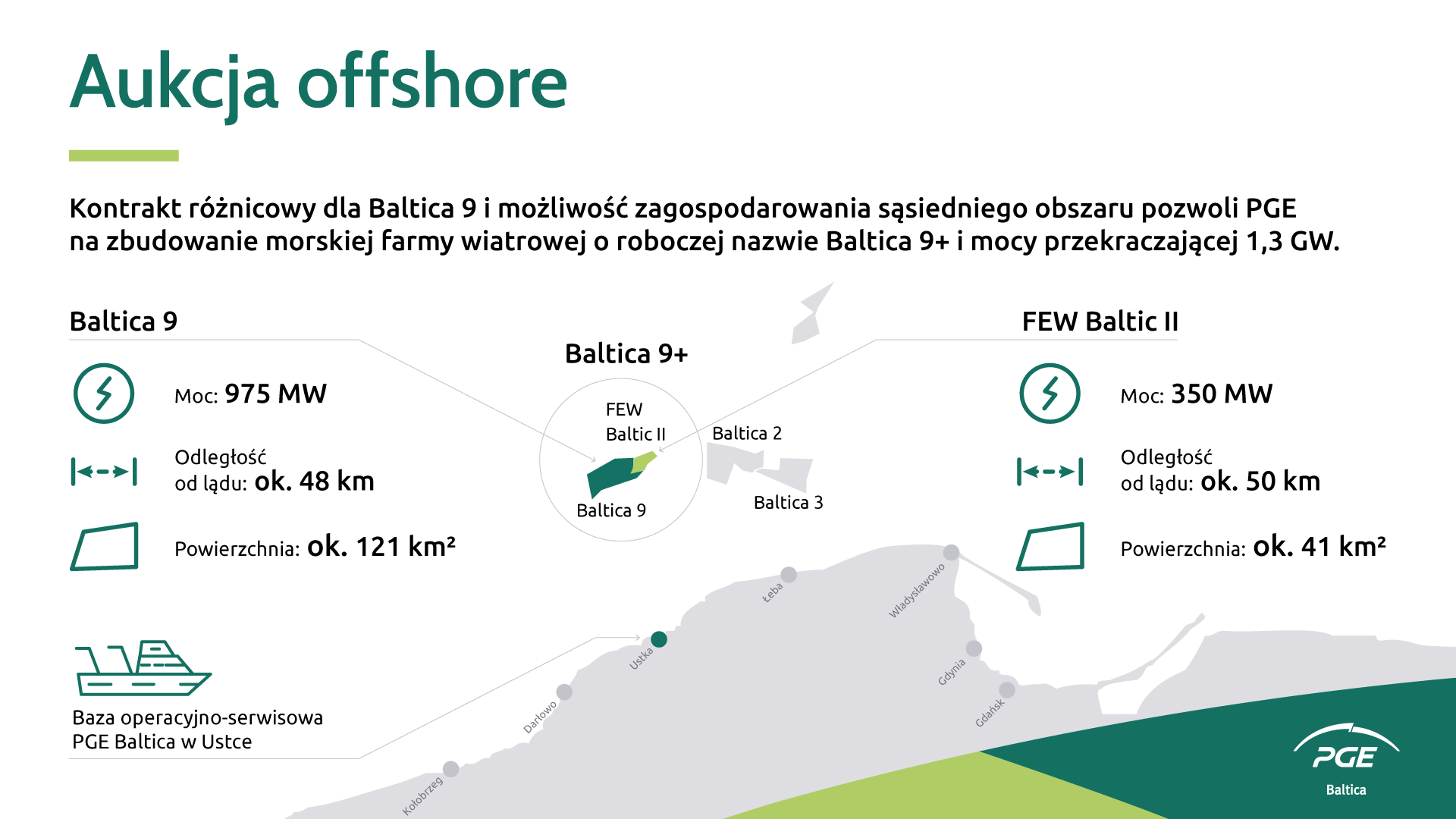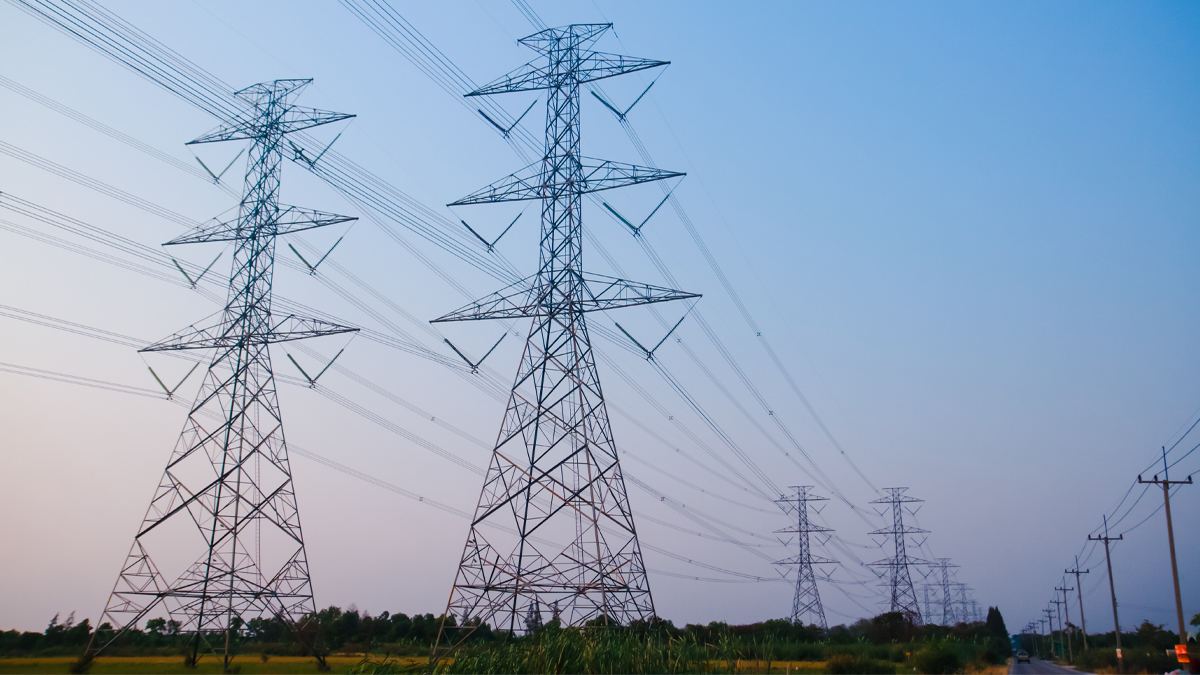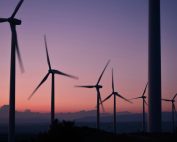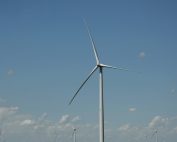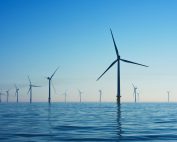The seas are the heart of the shipping sector. The development of offshore wind farms may lead to even more users in maritime areas. We ask the Swedish Transport Agency (Transportstyrelsen) how offshore wind development can affect the shipping sector.
The development of offshore wind farms will make the Baltic Sea even more crowded. Not only the interests of the individual countries in the region, but the industry is concentrated within this body of water. Apart from offshore wind energy, which is a relatively young industry, the Baltic Sea is used by representatives of maritime transport, ports, mining (including pipelines), power generation (power cables), armaments, fishing and tourism sectors.
Fishermen are most concerned about the appearance of wind turbines in the Baltic Sea, which they loudly manifest, but also the residents of coastal towns, who fear for the landscape and the impact on tourism. The shipping sector is also concerned, as the development of large wind farms could, for example, change shipping routes and potentially cause collisions with the wind turbines.
How to reconcile offshore wind development in the Baltic Sea with maritime transport and shipping routes? Is this a big challenge? We asked the Swedish Transport Agency.
– In recent years, we have seen an increase in the project development of offshore wind farms in the Baltic Sea area. This might be a challenge in areas with ”limited sea room” where wind farms are planned in the vicinity of shipping routes and routes cannot be moved or adjusted because of, for instance, limited space or water depth. Swedish Agency Marine and Water Management have been responsible for developing marine spatial plans in liaison with other relevant authorities and different stakeholders for territorial waters and the exclusive economic zone to balance different interests and serve as a guide – explains Johan Skogwik, Head of the Maritime Traffic Section at the Swedish Transport Agency.
How could wind turbines affect the shipping industry? Skowgik answers that wind turbines might interfere with, for example, ships’ maneuvering space (ships need adequate sea room to avoid collision and comply with Convention on the International Regulations for Preventing Collisions at Sea, 1972 (COLREGs)), risk of collision with turbines, risk of interference on radar displays, ships might be forced to deviate and take longer routes because of wind farms, wind farms might affect search and rescue operations, there might be risks for shipping when establishing or decommissioning wind farms and others.
Can we expect mutual benefits for both sectors – offshore wind and shipping – from wind development in the Baltic Sea? Skogwik pointed out that regarding risks for marine transport indicated above, a benefit might be that the wind farms can be used as Aids to navigation.
